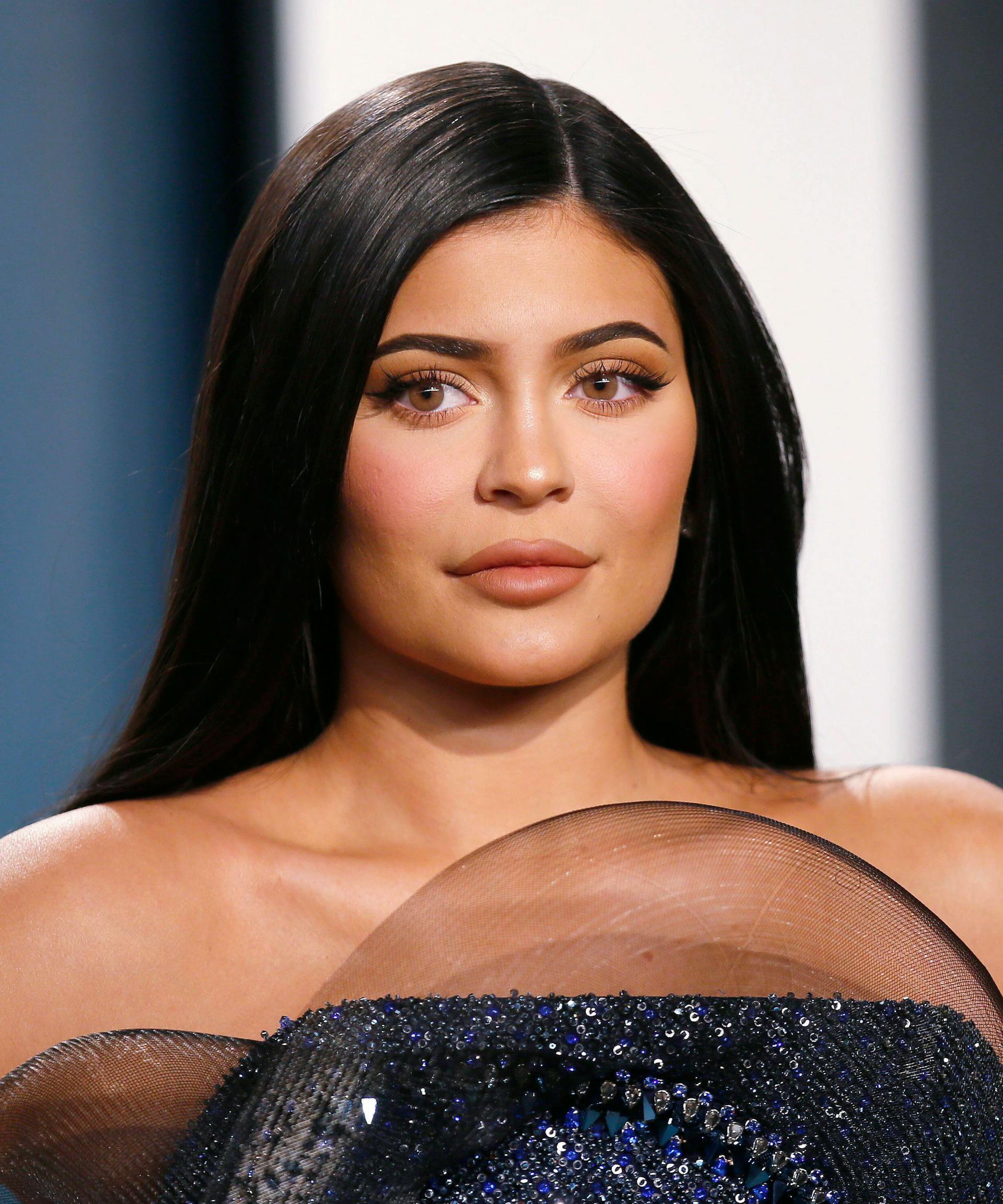The Strange Fetishization Of “Mixed Race” Features
With changing times and globalization, the Western world sees an organically increasing number of mixed-race people in society. But, even withstanding this growth, there’s an expansion of the once “unique” features these people possessed naturally into an artificially glorified trend.

In a world of botox, fillers, fake tans, and Kardashianism, many now feel unsatisfied and more inclined to rid themselves of their natural features, taking steps to change their appearance to that of a completely different race.
Racial Self-Hatred
Do not fret, this is no “white shamer” article. The fetishization of “mixed” rather than single-race features has been seen for years in cultures eager to propagate more “Western” and “white” features, long before looking “mixed” and “of race” became more fashionable within the West. Historically (and today), we see a popular desire to breed out certain features or to attain other ethnic looks through artificial manners, seen most traditionally in African and Asian cultures with skin bleaching or facial surgery.
In many parts of Asia, skin lightening has been popularized for centuries. This aesthetic trend was spread among the wealthy to look wealthier; those who spent their time outdoors performing labor would naturally become tanned. To be pale was to be of the nobility, the elite, and the wealthiest of society.
While being pale would in no way alter race, many naturally acquired features of full Asians have often been stigmatized by the wider population, leaving many to resort to eyelid surgeries and projecting such facial desires onto their children. Mixed children often naturally avoid such features Asians classically dislike about themselves by having children with someone of another race, hoping these “undesirable” features can be phased out.
Many naturally acquired features of full Asians have often been stigmatized by the wider population.
Similarly, in black beauty communities, there’s often tension sparked over what constitutes as “black” over time with racial mixing. Many are left to feel like they’re the “wrong” skin color and not black enough, while others may sometimes feel like they should be whiter, due to the glamorization of the “mixed” look popularized over the years in the media.
Of course, for clarification, I’d in no way say this was a prime reason for mixing (or avoiding mixing) with other races. My mother and father are different races – while I’d in no way imply any of this fell into their reasoning – for me, growing up, it was most certainly a feature gone unnoticed. But the way I look has now become a prominent topic of conversation in meeting new people throughout my life, something I’ve experienced both negatively and positively.
The Fetishization of “Mixed” Features
I’ve spoken to various others about this issue – some half-white/half-Asian like myself, and mixes of other races – which usually elicits mixed responses. Many have expressed things such as “hair touching” and overbearing compliments to be condescending, and though I’ve never complained about a compliment, I can lightly empathize with the annoyance. My annoyance, though, comes from a different and newer trend, something expressed by nearly everyone I know: The question of these “mixed” featured and their authenticity.
With fillers and cosmetic procedures now growing increasingly common, some have been quick to question how “real” and “authentic” what some naturally possess are. Not only is this uncomfortable, but representative of a mounting issue: Too many of us are not playing the cards we were dealt – we want to be something we’re not.
To have my features suddenly become fashionable then have them questioned as “fake” is frustrating.
And it’s understandable why this causes anger. Anyone like myself who grew up mixed-race in schools with high white populations generally never wanted these features (I certainly didn’t in my early years), so to have them suddenly become fashionable then have them questioned as “fake” is bound to cause a little frustration in anyone.
Kardashian Culture
It’s not just the Kardashians, but as long-reigning queens of celebrity media, they’ve had a strong part to play in facilitating this issue. Though this more “mixed” look was accumulated naturally by some members, celebrities such as Kylie Jenner have developed looks that no longer visually match the race they were as children.
Too many young women have now been led to think this standard is normal. They’re eager to look another way instead of embracing their individuality and their own features, completely oblivious to how much more beautiful most of us look when simply accentuating what we already have instead of forcing something that isn’t there. Being “mixed” shouldn’t act as a fashion trend. It’s simply how some people look. To replicate it artificially is often tacky and unattractive, and most will remain far from achieving the “exotic” look they desire.
Closing Thoughts
It’s not dignified to design ourselves in a way that we are not. Individuality gives us substance. Beauty and fashion trends will come and go, but the modern craze to become a race we’re not remains incredibly drastic and unnecessary. The future holds a world of more mixed-race faces, but we don’t need to expand this artificially. We should embrace what we have.
Help make Evie even better! Take the official Evie reader survey.